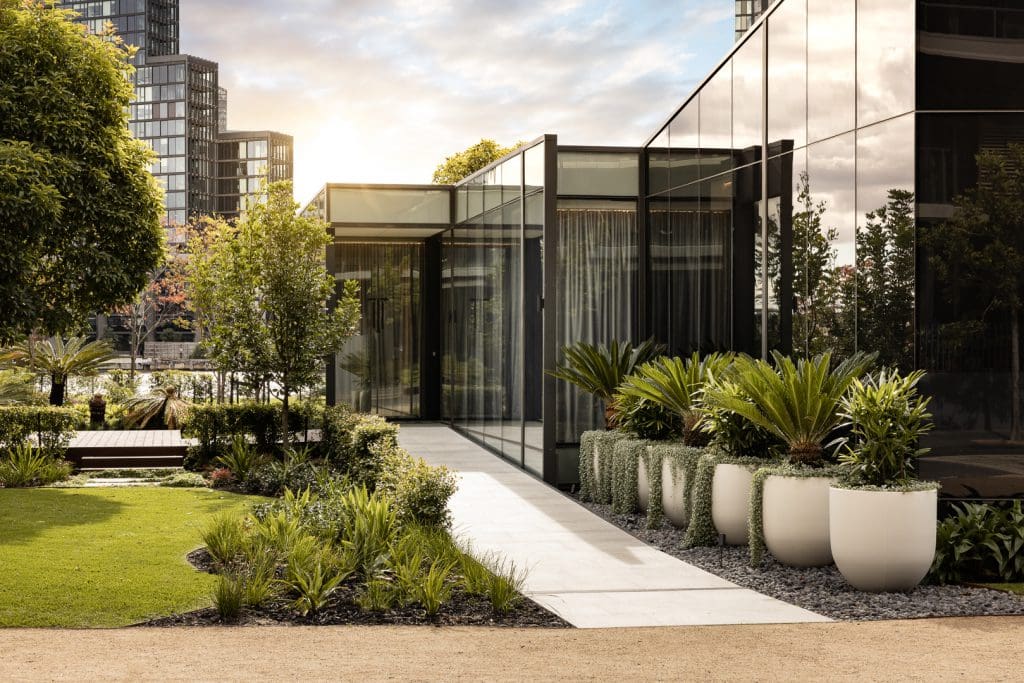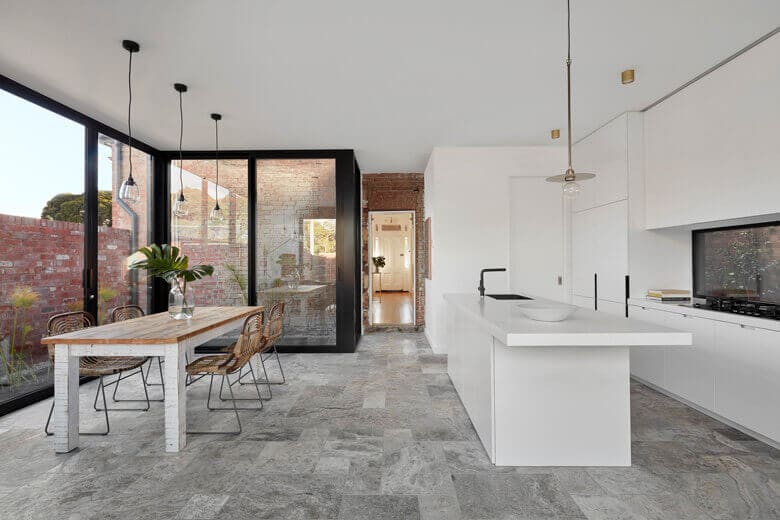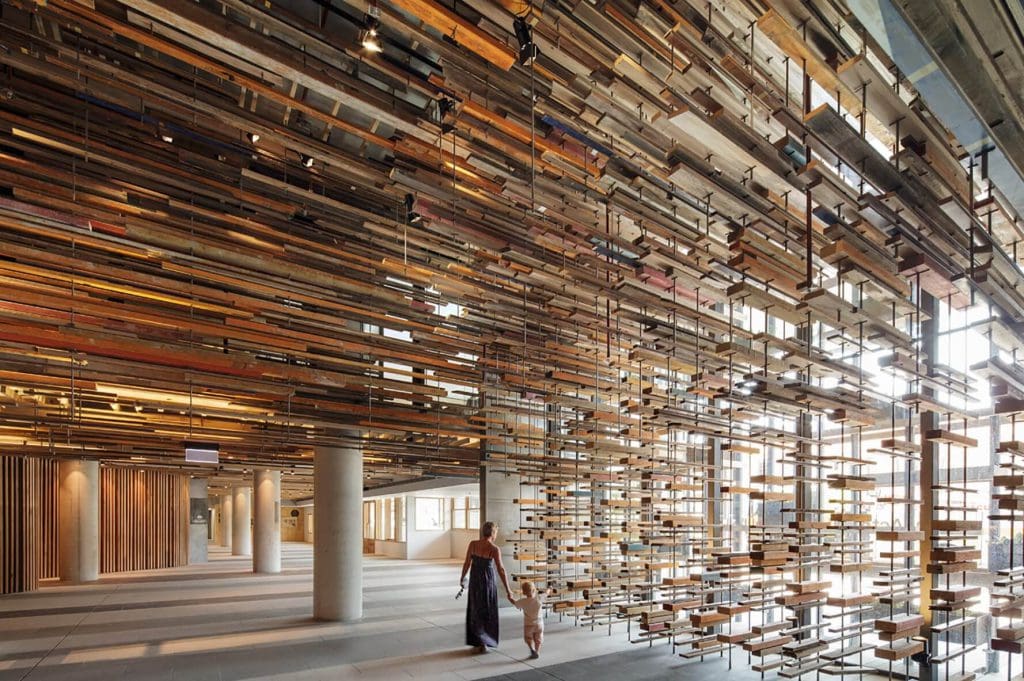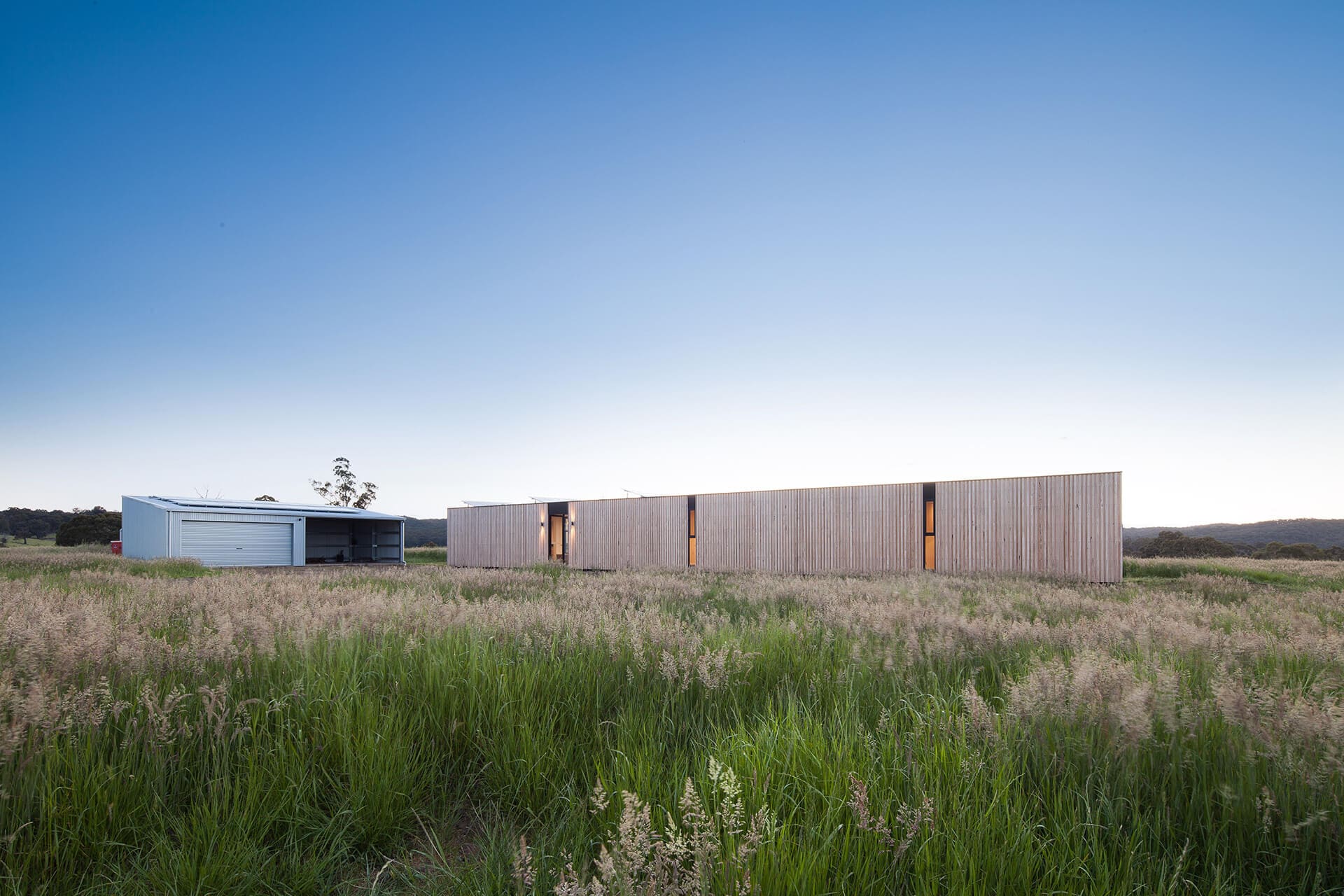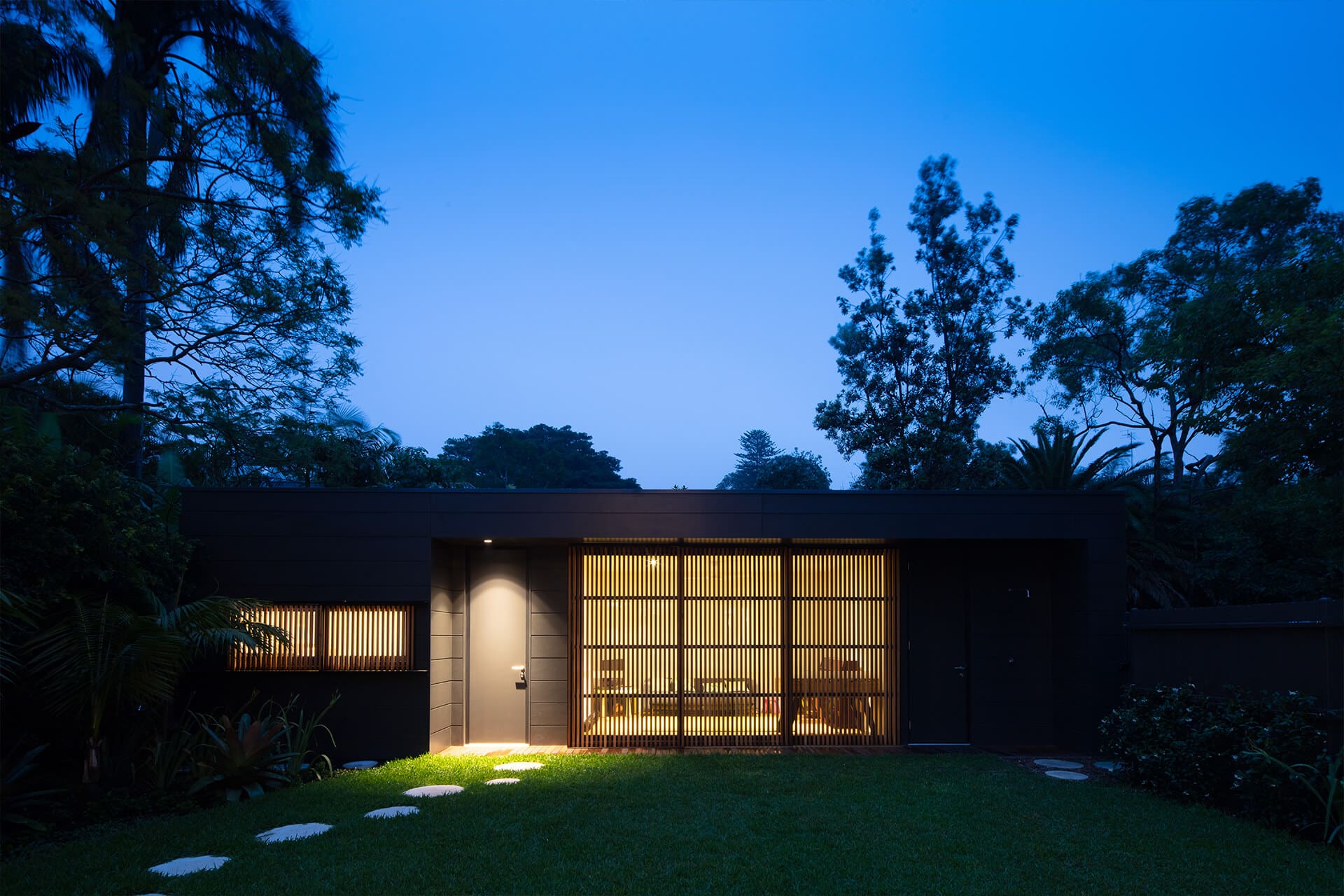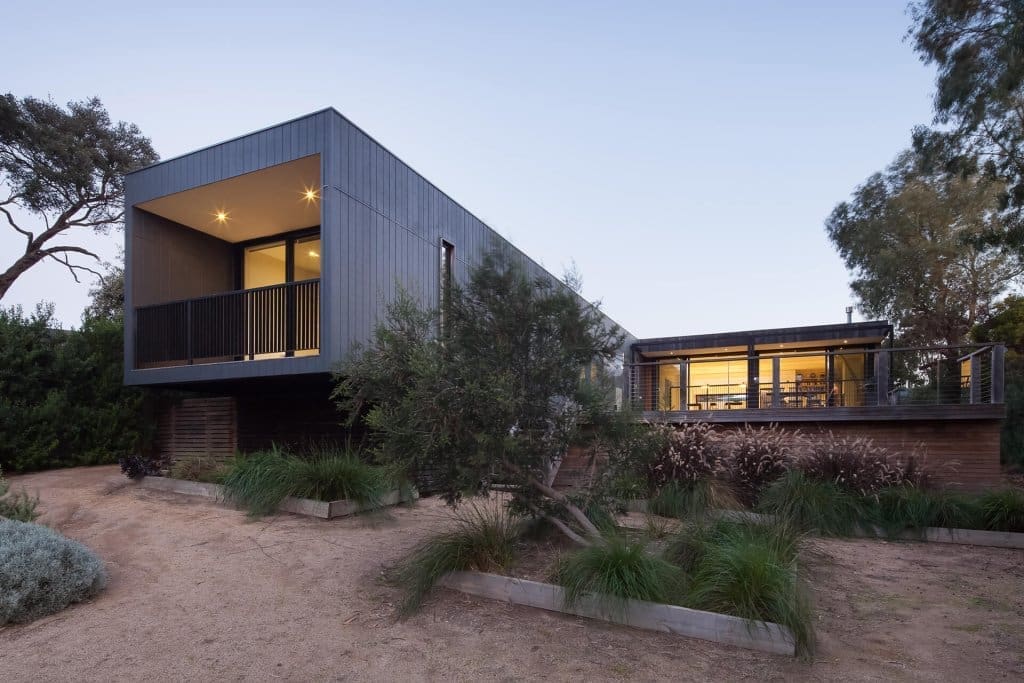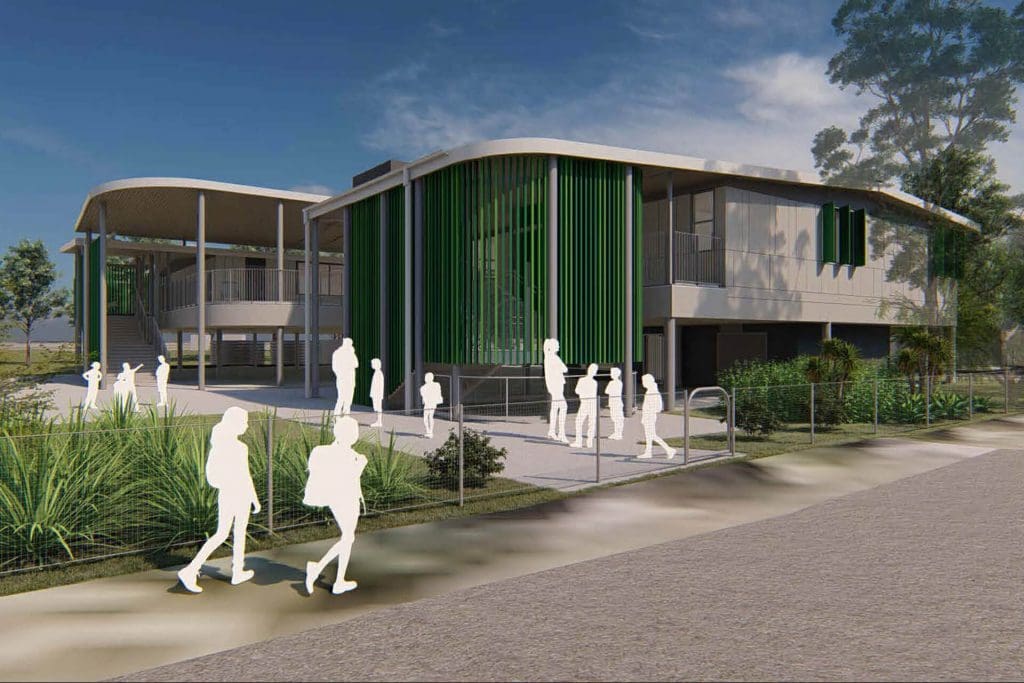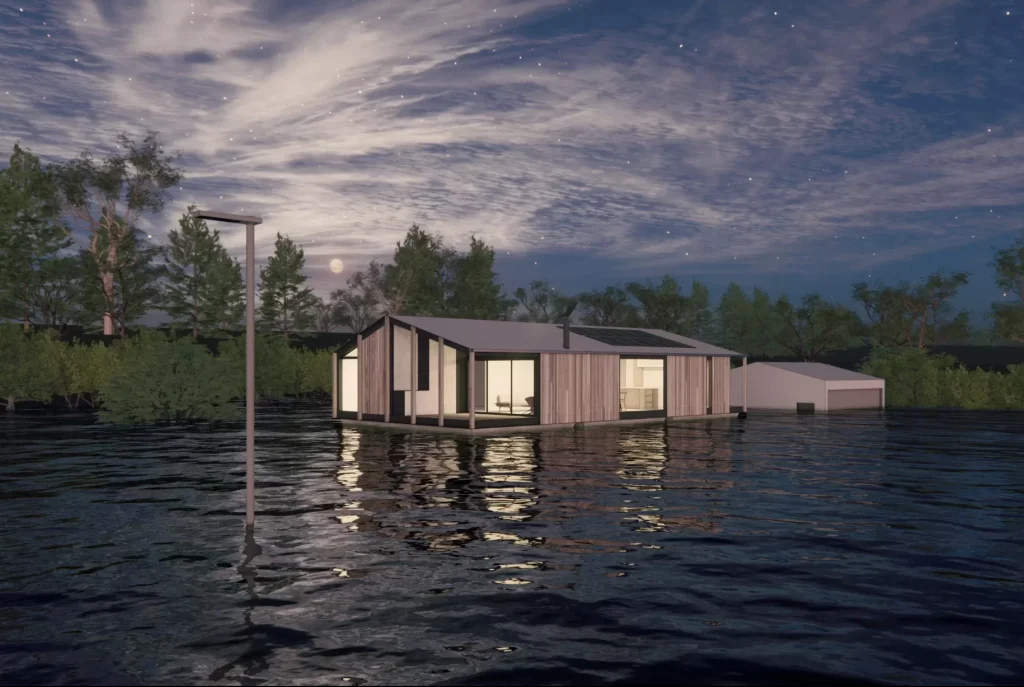Material Matters
The carbon footprint of your home starts with the materials you choose. Opting for green building materials, such as recycled steel or sustainably sourced timber, offers durability while minimising negative impacts on finite resources, the natural environment, and our health. Green materials also consider the entire supply chain, from resource extraction and manufacturing to transportation and construction methods.
Windows
Windows are a double-edged sword when it comes to energy efficiency. While they bring in natural light, poorly designed windows can also result in heat loss or gain. High-performance glazing can mitigate this by optimising thermal comfort all year round, reducing the need for artificial climate control.
Smart Homes
Smart home systems go beyond pure convenience: they can also enhance your energy efficiency. Think smart thermostats, automated blinds, and sensor-activated lighting. These intelligent systems have revolutionised the way we manage our energy consumption.
Water Conservation
Clean water is one of our most valuable and limited natural resources. But when it comes to sustainable design considerations, water conservation is often overlooked. Practical measures like using low-flow faucets, installing rainwater harvesting systems, and opting for drought-resistant landscaping can significantly cut down your home’s water consumption.
Ready to take the next step?
Are you interested in building an energy-efficient home? Talk with our team of experts to discuss how we can turn your vision into a sustainable reality.
